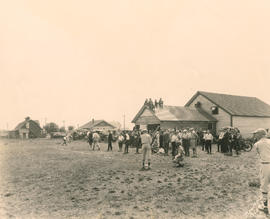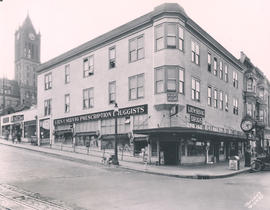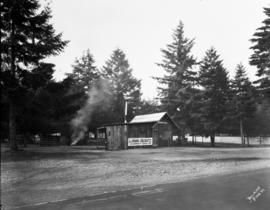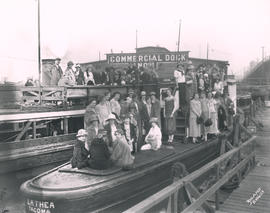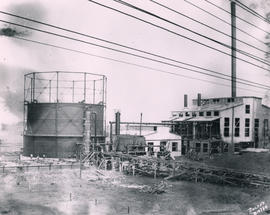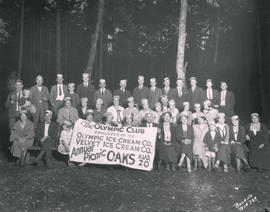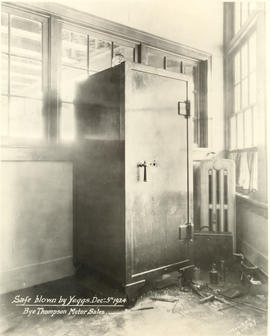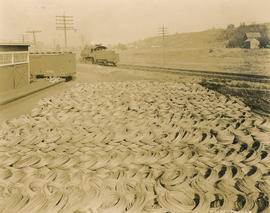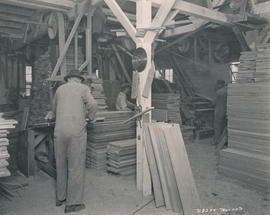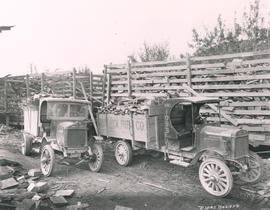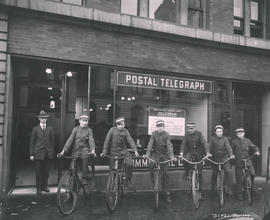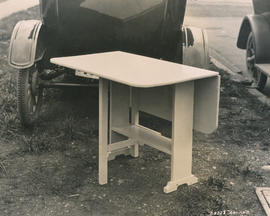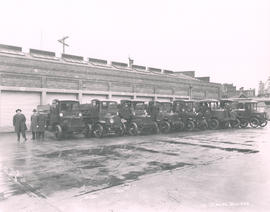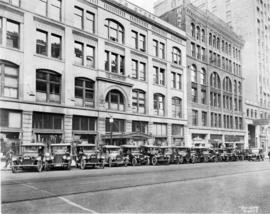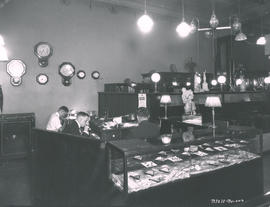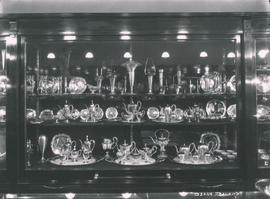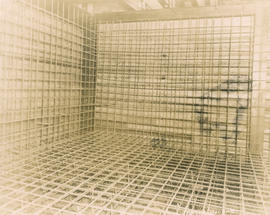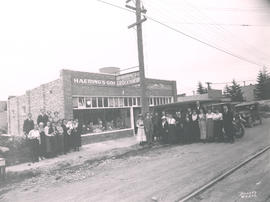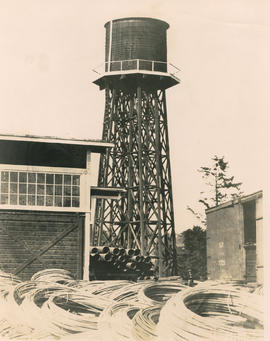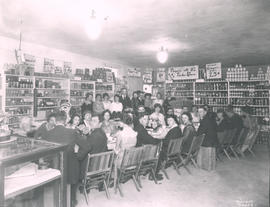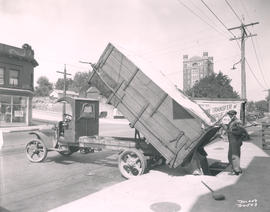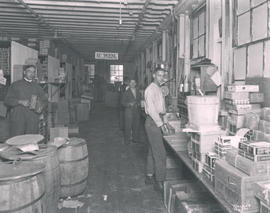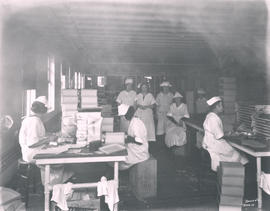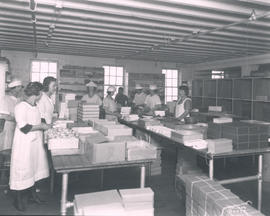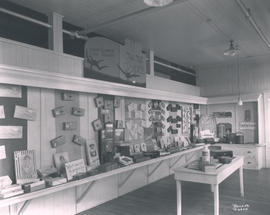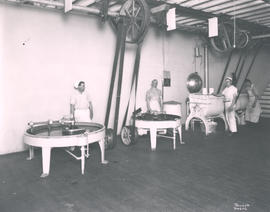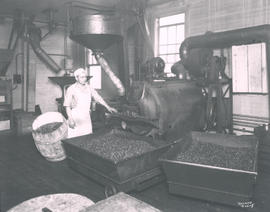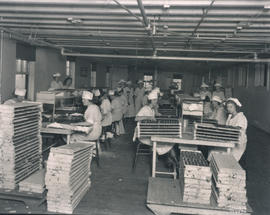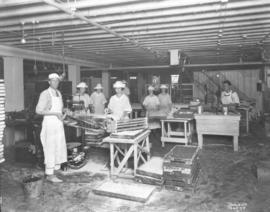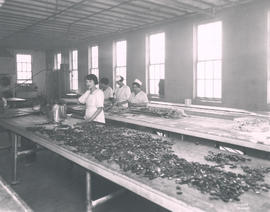The water tower pictured above in September of 1921 was located at the American Wood Pipe Co., 3200 So. Cedar St. The coils of wire in the foreground are to be used to wrap wooden irrigation pipes. American Wood Pipe Co. manufactured machine banded and continuous stave wood pipe for irrigation projects, municipal water systems and power plants. In addition, the company also manufactured American steam pipe casing for insulating underground steam pipe. The firm's officers included Vaughan Morrill, president, and Cyrus Happy, Jr., secretary. American Wood Pipe was located on six acres on Center Street which had a large manufacturing district at the time. The firm was organized in January of 1913 by Mr. Morrill and J.H. Regan, both of Tacoma, and did some $32,000 in business the first year. Some seven years later, the plant was considered the largest single wood pipe factory in the world and had done $1,000,000 in business the past year. In addition, American Wood Pipe had built its own cresoting plant in 1921 at a cost of $40,000 and installed a $20,000 sprinkling system. There were about 70 employees and a monthly payroll of $10,000. G36.1-106
American Wood Pipe Co. (Tacoma); Water towers--Tacoma; Wire; Pipes (Conduits)--Tacoma;
